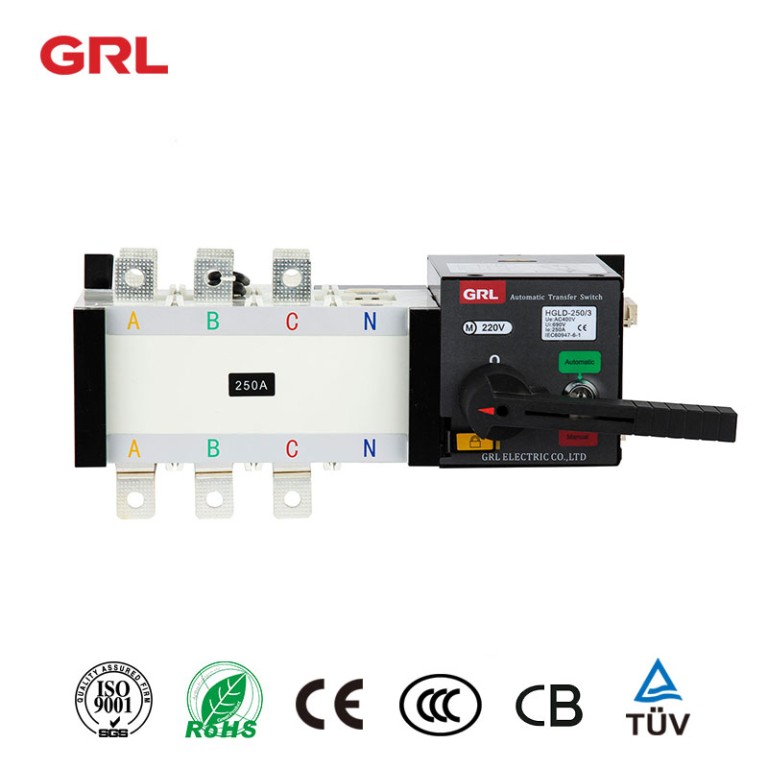
# Automatic Transfer Switch: Ensuring Uninterrupted Power Supply
## What is an Automatic Transfer Switch?
An Automatic Transfer Switch (ATS) is a critical component in backup power systems. It automatically transfers electrical load from a primary power source to a standby generator when the primary source fails. This seamless transition ensures continuous power supply to connected equipment and facilities.
## How Does an ATS Work?
Keyword: Automatic Transfer Switch
The operation of an automatic transfer switch follows a simple yet effective process:
– Constantly monitors the primary power source
– Detects power outages or voltage fluctuations
– Signals the backup generator to start
– Transfers the load to the generator once it reaches proper voltage and frequency
– Monitors the primary source for restoration
– Transfers back to primary power when stable
– Signals the generator to shut down after a cool-down period
## Key Benefits of Automatic Transfer Switches
### 1. Uninterrupted Power Supply
The primary advantage of an ATS is its ability to maintain continuous power to critical systems without human intervention. This is particularly important for:
– Hospitals and healthcare facilities
– Data centers
– Industrial processes
– Emergency services
### 2. Protection Against Power Fluctuations
ATS units protect sensitive equipment from damage caused by:
– Power surges
– Voltage sags
– Frequency variations
– Complete outages
### 3. Quick Response Time
Modern automatic transfer switches can detect power failures and initiate transfer in milliseconds, minimizing disruption to operations.
## Types of Automatic Transfer Switches
There are several types of ATS configurations available:
### 1. Open Transition (Break-Before-Make)
This type breaks connection with the primary source before connecting to the backup source, creating a brief interruption.
### 2. Closed Transition (Make-Before-Break)
More sophisticated systems briefly parallel both sources before transferring, eliminating any power interruption.
### 3. Delayed Transition
Incorporates a programmed delay between sources to ensure proper synchronization.
## Choosing the Right ATS
When selecting an automatic transfer switch, consider these factors:
– Load requirements (voltage, amperage, phase)
– Transfer time requirements
– Number of power sources
– Environmental conditions
– Compliance with local electrical codes
## Maintenance and Testing
Regular maintenance ensures reliable operation:
– Monthly visual inspections
– Quarterly operational tests
– Annual comprehensive testing
– Cleaning of contacts and components
– Verification of control settings
## Future Trends in ATS Technology
The automatic transfer switch market continues to evolve with:
– Smart monitoring capabilities
– Integration with building management systems
– Improved energy efficiency
– Smaller footprint designs
– Enhanced remote diagnostics
Automatic transfer switches play a vital role in modern power infrastructure, providing reliability and peace of mind for facilities that cannot afford power interruptions. By understanding their operation and benefits, organizations can make informed decisions about implementing these critical systems.